Stone & Brick Foundations
What Kind of Foundation do I Have?
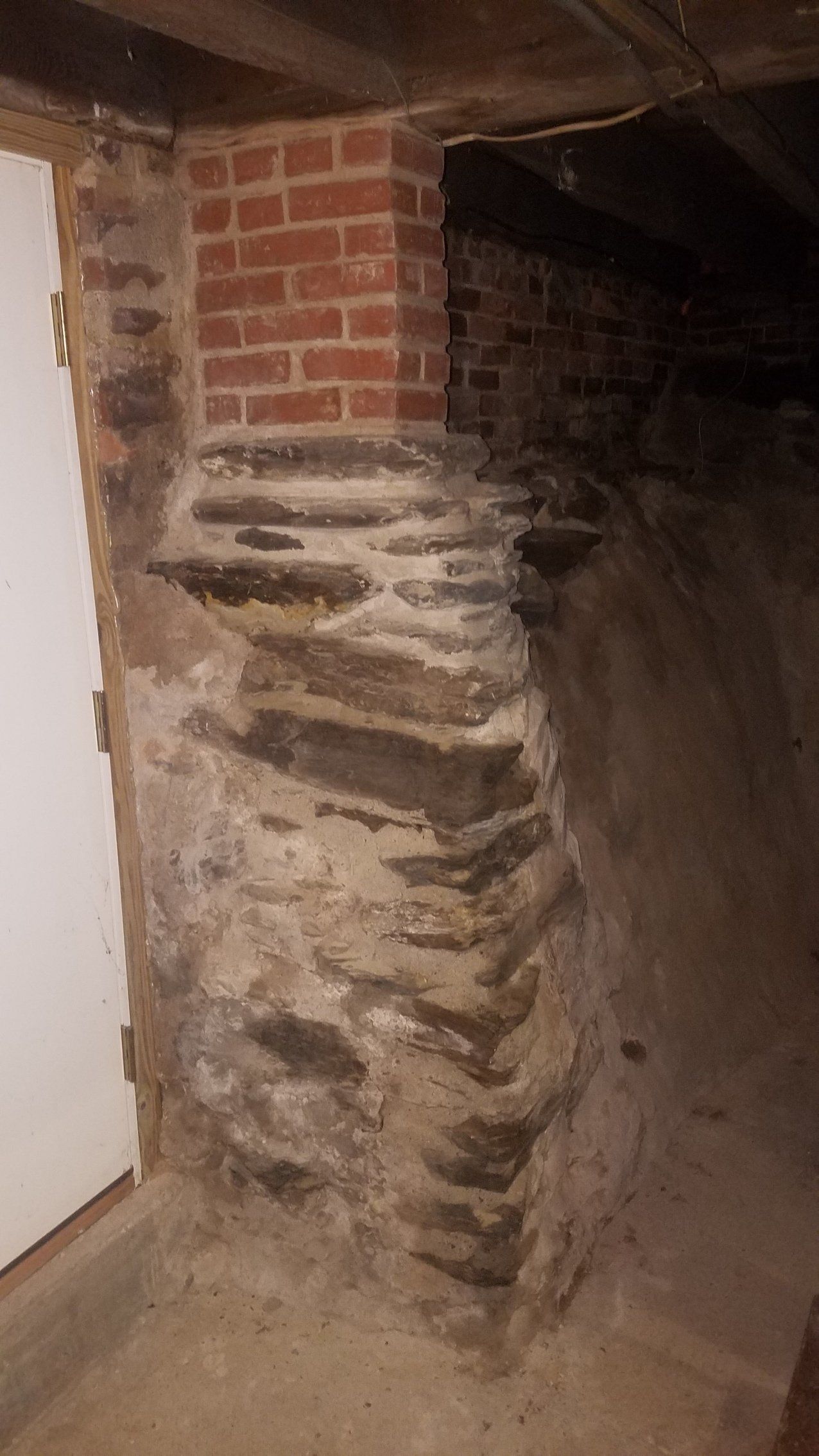
WE DON'T WORK ON STONE & BRICK FOUNDATIONS! THIS IS AN EDUCATIONAL POST, NOT A SOLICITATION FOR BUSINESS. ;-)
Stone Foundations are the oldest around. They date back hundreds of years in the US, and longer than that elsewhere.
In Central New England, they often look like the picture above, with brick above grade and stone below. The foundation above has mortar in between the stone, which helps reduce cold air from pouring into the basement due to the stack effect. Over on the right side, a large area has been covered with cement. This may be to reduce air flow or to solidify an otherwise weak area. Brick on top became more common after the civil war, and continued through the early 20th century, when block foundations started being more common. Earlier stone foundations often have no mortar between them, and the stone goes all the way up to the sill plate. These early all-stone foundations often have a very small above grade height, since the stone relies on the earth on one side for support.
There are also all-brick foundation walls, which often bow in. Treatment of bowed brick walls requires an engineering assessment to determine the quality of the brick and the required amount of strapping.
If you have water coming in through a stone or brick wall, there are several treatment options, none of which are performed by Rueter Foundation Repair. Exterior drainage at the surface, often referred to as a Curtain Drain, involves a trench along the outside of the wall at the surface. The trench, about 1.5' deep, is lined with plastic, and a perforated pipe is laid in, covered in landscaping cloth, and covered with 3/4 stone. This pipe has to drain downhill a bit and to daylight or a drywell away from the home. This work is performed by an excavator or a landscaping company. In Western Mass, try Jon Giedrowicz at
Always Reliable Excavating .
Interior perimeter drainage also involves a trench, this one dug in the concrete or dirt floor next to the foundation wall. Again, a pipe is laid in near the bottom of the footing and directed downhill inside, and connected to a sump pump. This treatment can be used for two primary purposes, managing water coming through the porous, leaky wall, or managing water coming up from a high water table. The sump kicks on to pump out water, ideally before the water starts to leak onto the basement floor. You can contact Michael Albert at
Premier Basement Waterproofing for this sort of work.
With thanks to Lester Humphries for letting me photograph is foundation!
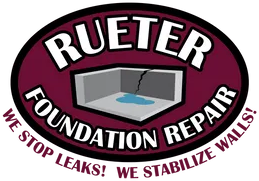



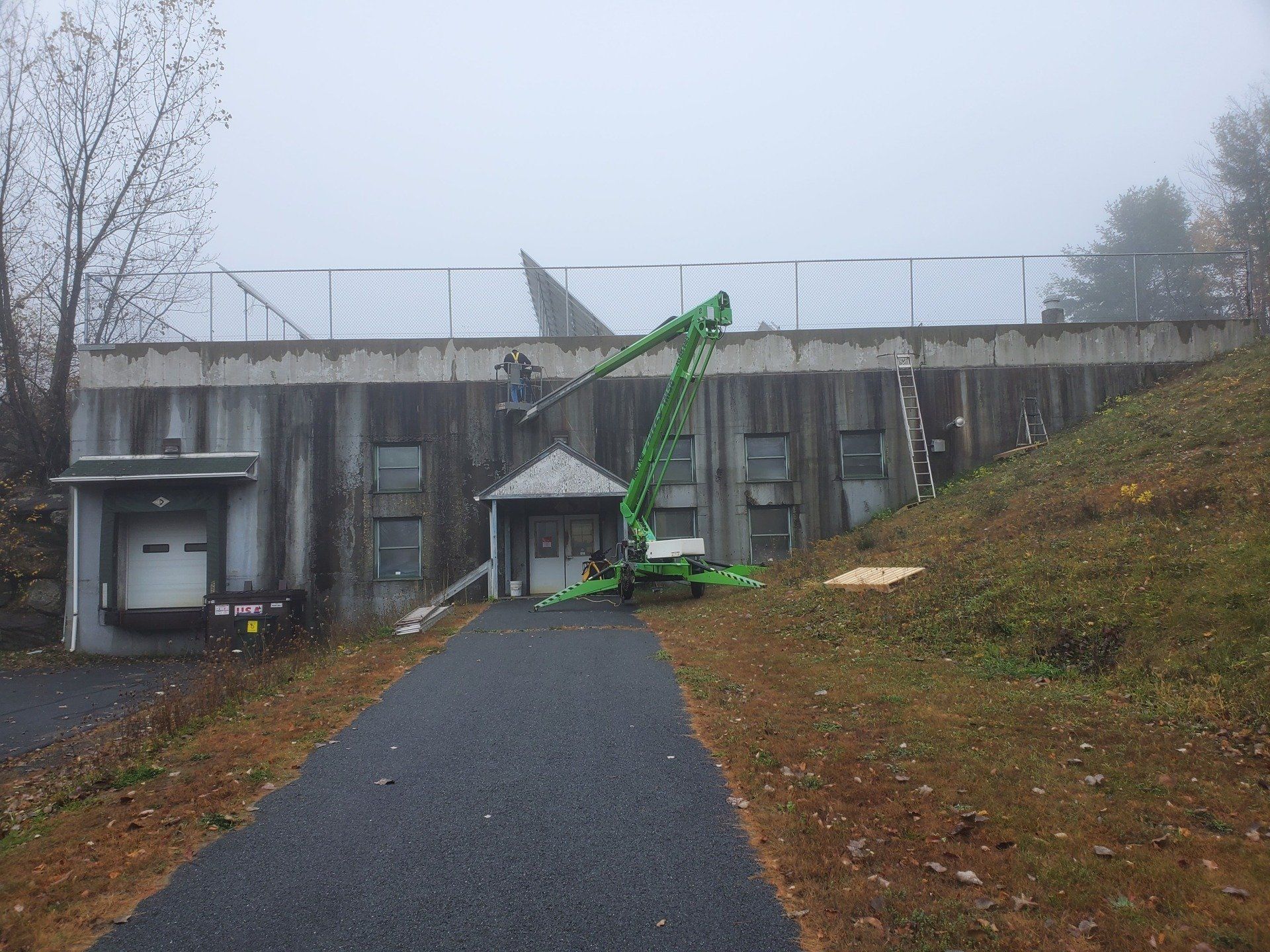
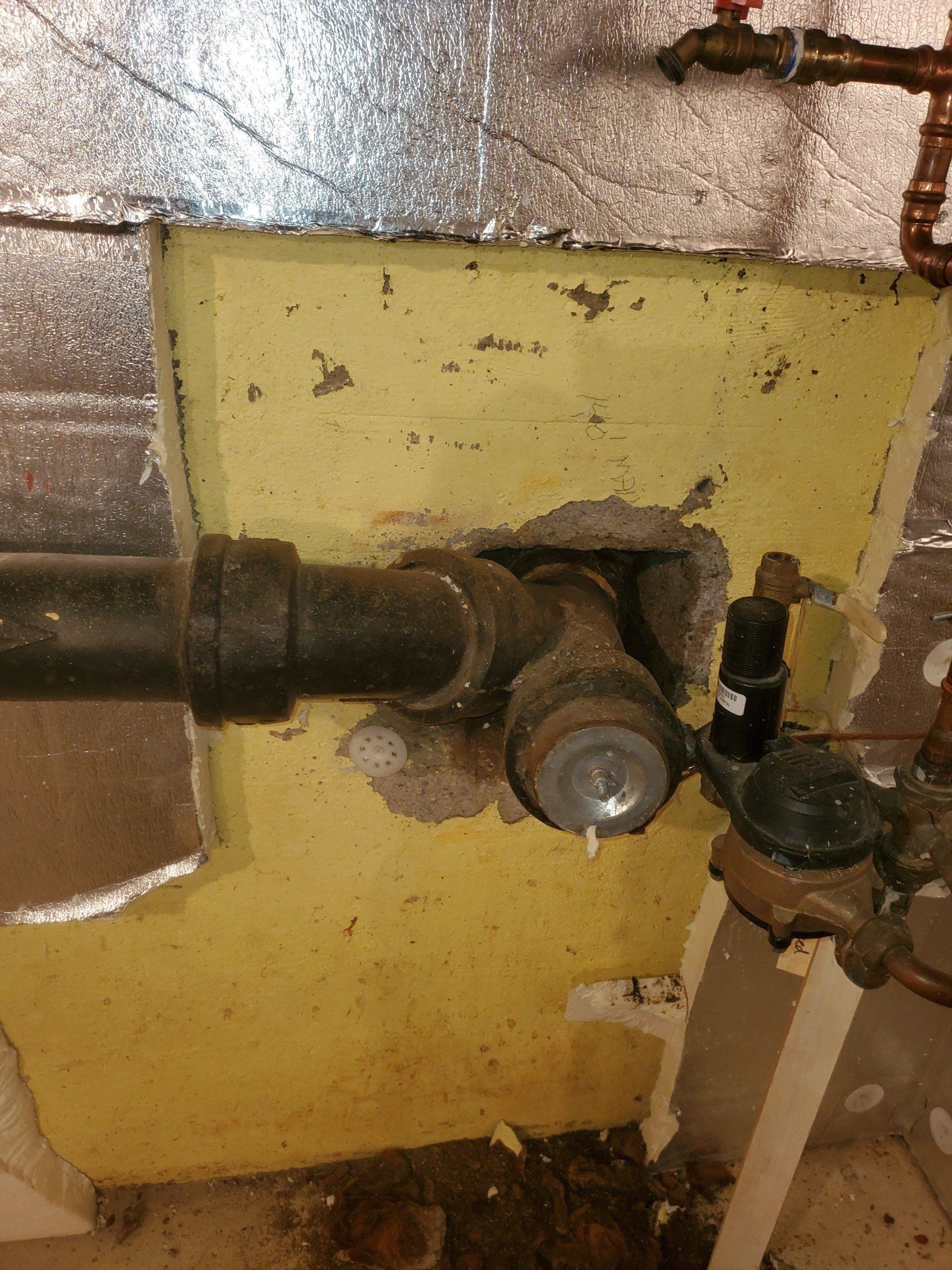

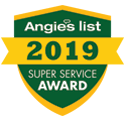

Share On: